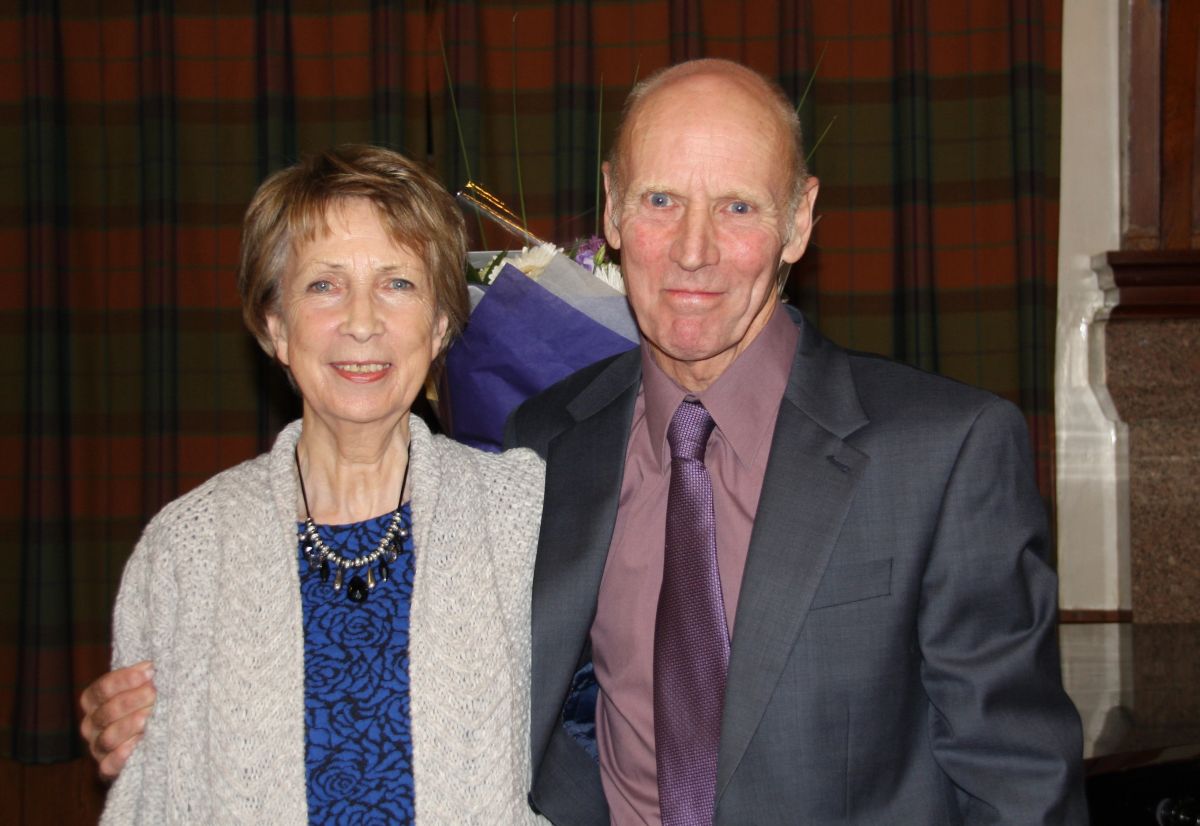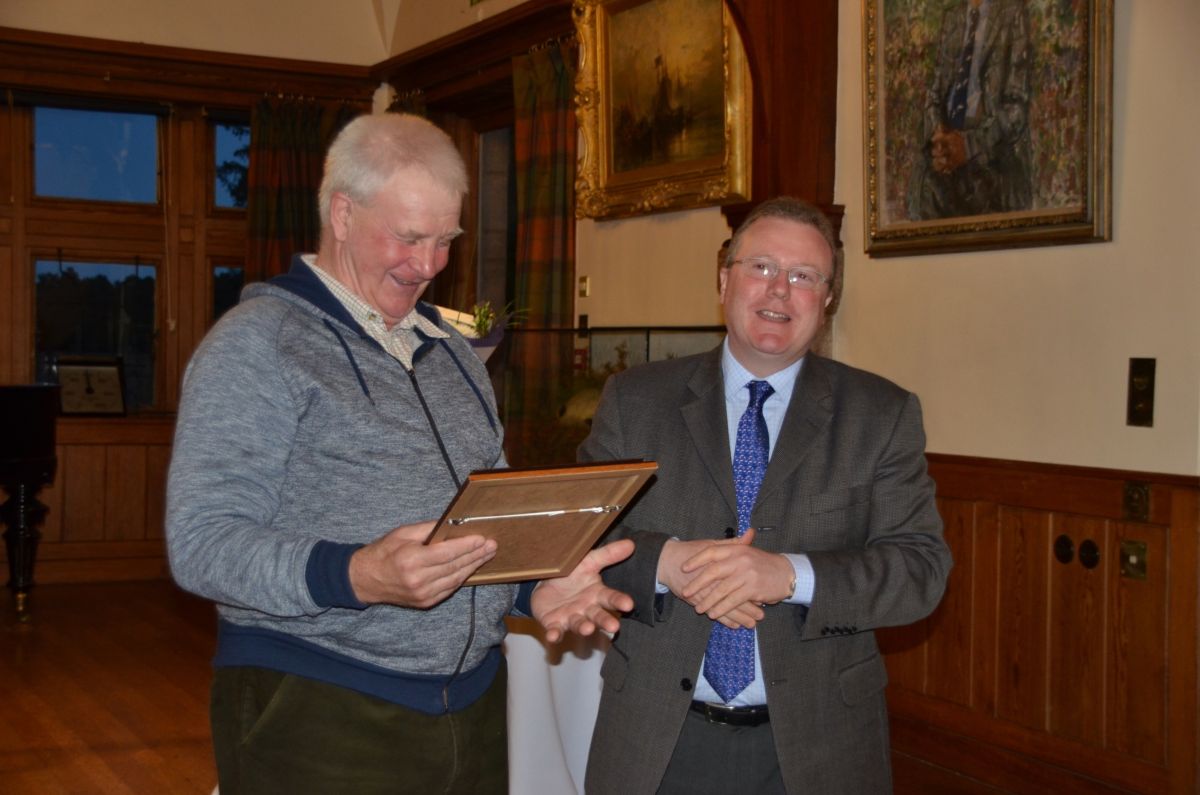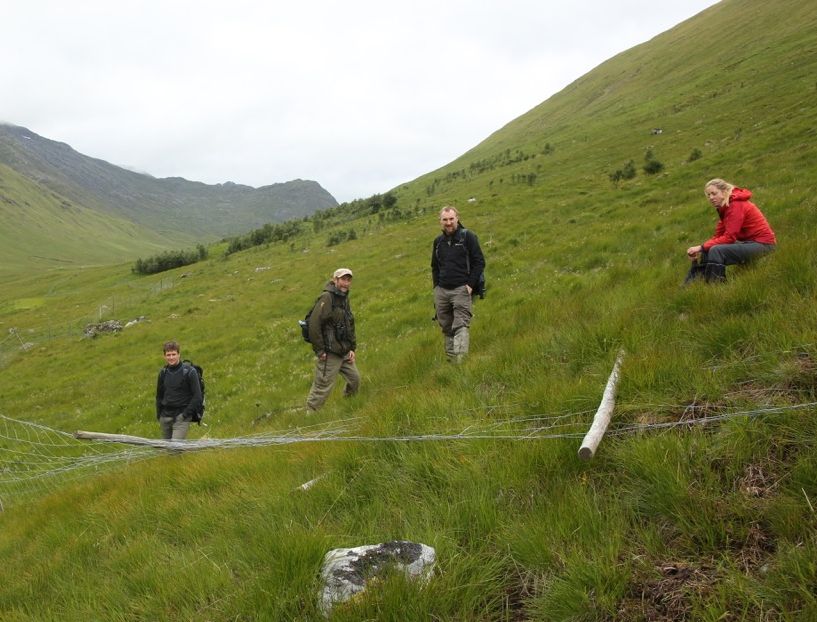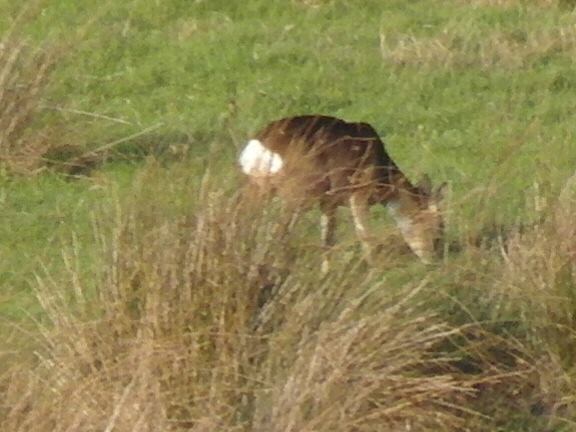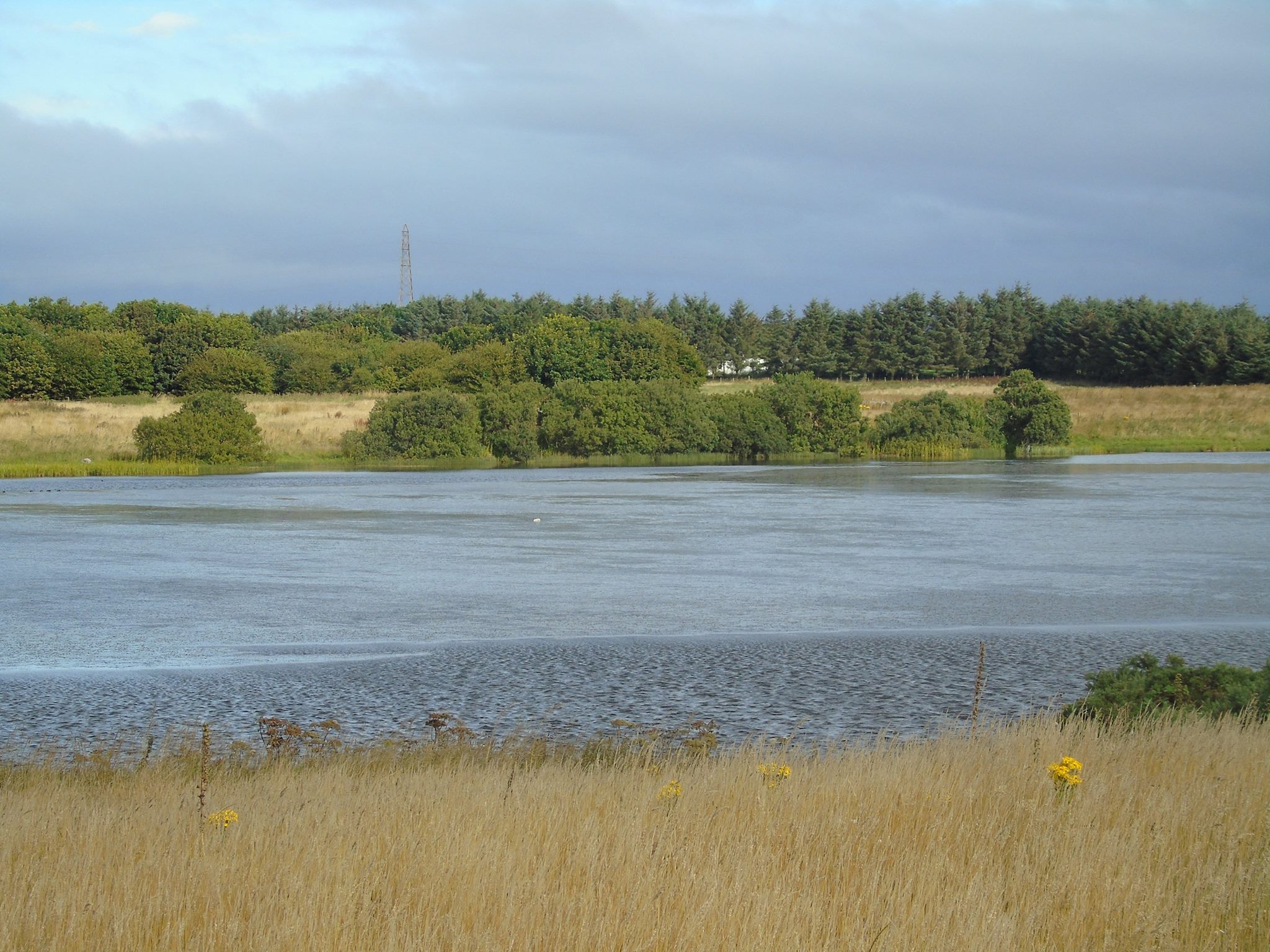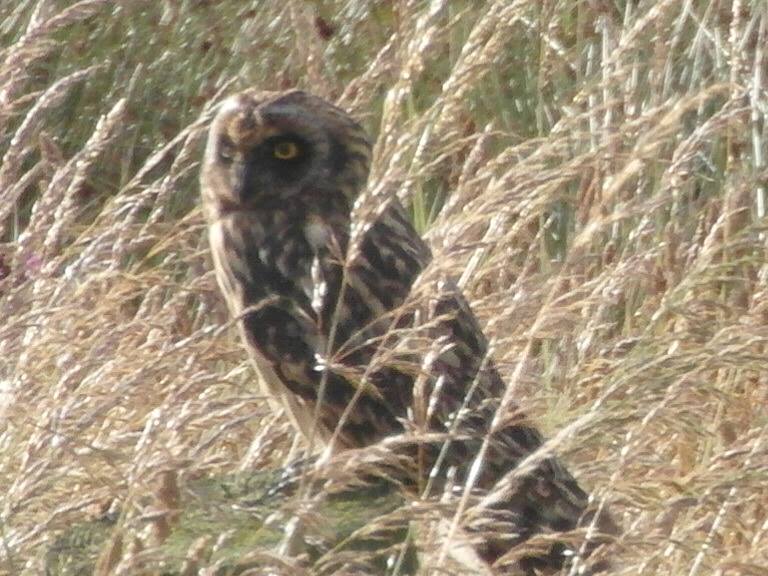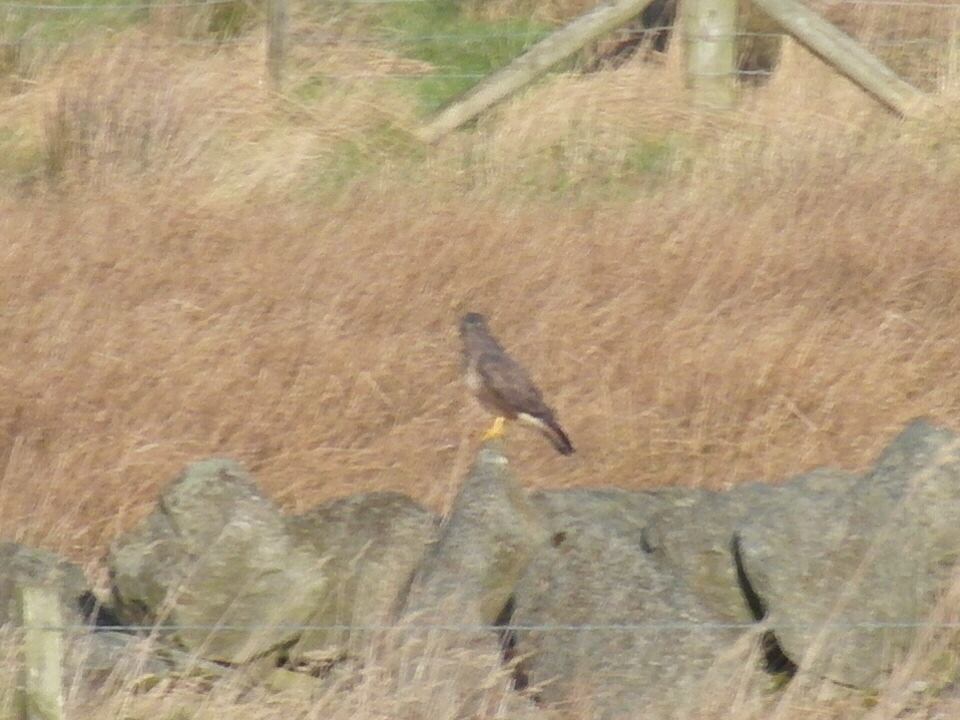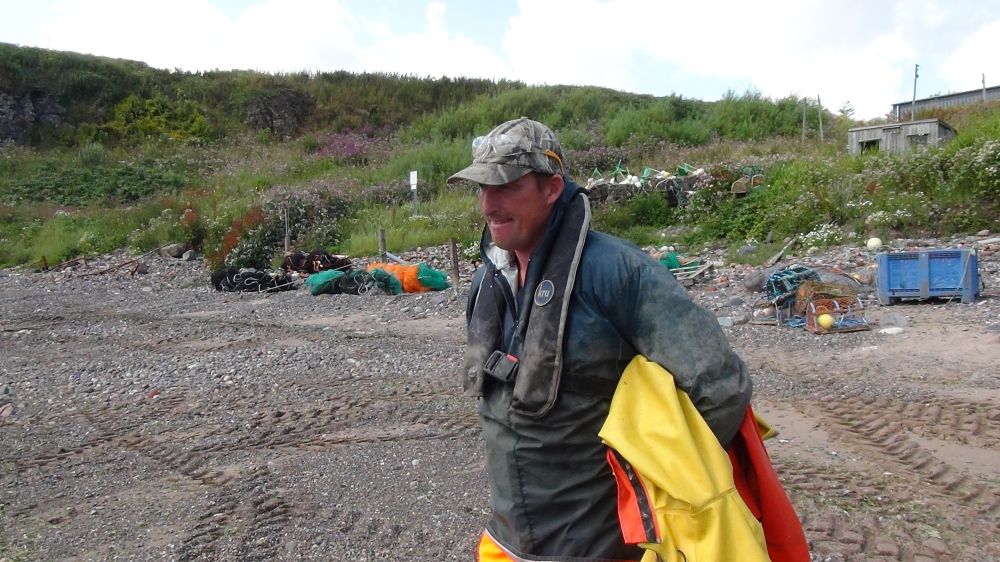Suzanne Kelly has been one of the main campaigners who tried to stop the Tullos Hill Deer Cull and who tried to stop the city wasting money planting trees on Tullos Hill. When hundreds of Aberdeen taxpayers signed a petition, the city’s Petitions Committee heard Kelly speak – and among other things agreed to release the entire Tree for Every Citizen scheme’s costs. Seventeen weeks went by – and what was finally released leaves much to be desired. Suzanne Kelly explains.

Still in the dark regarding deer numbers, road accident figures and financial details.
After weeks of chasing, reminding, and waiting, Aberdeen City finally released what was meant to be the complete financial costs of the ‘Tree for Every Citizen’ scheme. One fact is incontrovertible: This was never going to be a ‘cost neutral’ project.
For a scheme which officer Peter Leonard promised again and again was ‘cost neutral,’ waiting from the end of April through the end of August was excessive.
All of the costs are meant to be kept in electronic form.
A previous Freedom of Information disclosure from December 2011 came comparatively quickly in the form of an excel spreadsheet.
The city has had a government soil report for years advising that establishing trees on the hill – once an industrial and domestic waste tip – is unlikely. The soil is almost non-existent, and because of the rocky structure of the hill and the waste, trees that do grow (not that there is much sign of growth) are likely to simply topple over – according to the Forestry Commission.
It was immediately apparent that not all was right. A previous and well documented £43,800 payment to the central government was missing. This was for the previous TFEC phase failure on Tullos. Getting the then Chief Executive Valerie Watts to admit to this costly failure was problematic (see previous Aberdeen Voice articles).
The £43,800 seems not to be recorded in the August release of costs anywhere.
That was not the only cost missing from the information supplied.
In June 2010, according to the previous FOI disclosure, some £30,000 was paid too Bryan Massie and identified as ‘Granite City Forest Phase 1’ / weed control. The two entries relevant to this cost supplied before have now disappeared.
The expenditure of public funds is meant to be controlled and responsibly managed. When convener of the Housing & Environment Committee responsible for this scheme and the deer cull, Aileen Malone, famously demanded the public stump up £225,000 for fencing or the deer would be killed, charities told people not to give in to this ‘blackmail’ or a dangerous precedent would be set. The cost for fencing on the hill seems – with the information received – to be around £40,000.
The scheme that was to be cost-neutral may have cost taxpayers some £600,000 pound so far – with no forest on Tullos. And no deer.
The excel workbook contains a page for income. The Scottish Government seems to have been rather generous. Or should that be the Scottish taxpayer.
The ‘other expenditure’ worksheet the City released contains two invoices for which little description but the word ‘other’ has been supplied. In many instances no suppliers are named.
The big financial winner of the scheme is arguably consultant Chris Piper of C J Piper, taking away approximately £100,000 for being the architect of the deer slaughter and the tree planting. The planting cost some £200,000. It is unclear whether this lucrative contract was put out to tender or not: no cost for any tender exercises whatsoever appear on the financial information supplied. If there was no tender exercise, then the city should explain how it skirted procurement protocol.
Killing the deer cost the taxpayer some £14,000 pounds for 2012 and 2013. No information was supplied for 2014. It is believed that the herd had gone several decades without the need for hunters to control their numbers. (It should also be remembered that the remains of some 4 poached animals were found last January on Tullos).
A complaint as to the poor quality of the information released was made, and as told the city officer responsible to go back and think again. It was also suggested that an upcoming council debate on future deer management set for October should be deferred until the public are given the full picture of this scheme, have had a chance to react, and a chance to contact their councillors.
If the information on cost had come out in a timely fashion, that might have been different. One might wonder whether the delayed, incomplete information could have been a stalling tactic to give campaigners and residents little time to input their thoughts into the October discussion.
The council officer, Steven Shaw, Environmental Manager, who supplied the excel workbook wrote:
“Before I send it to you I have asked officers to have a check through to ensure that there is nothing missing and information included that perhaps shouldn’t be.”
As to the request to delay the October discussion on deer management Shaw wrote:
“With regards to the deer management report, it is not for you to decide when the report will be presented to committee. The service continues to work towards October’s committee for presentation of the report.”
The decision to defer or not should be a matter for the councillors to decide, not Shaw, particularly in light of the circumstances of the TFEC finances.
Shaw is also keen to establish how many deer cause accidents. He also provided a spreadsheet describing when deer bodies were found or when they were involved in accidents. The factors causing deer to move would have included the loss of habitat on Tullos – huge swathes of gorse (essential for a variety of wildlife) were removed for the trees. Greenbelt was lost across the city for a variety of other building projects as well, forcing wildlife to leave areas no longer habitable.
The number of incidents of deer being found dead, removed from roads, or involved in accidents is 47. Most of the descriptions supplied do not indicate what the cause of death was. The incidents are at a variety of locations and span 2014 and 2015 to date. Without information on whether the deer were involved in motor vehicle accidents, poached like the 5 deer killed last year by poachers in the Gramps, this data is very broad and inconclusive.
But it does show deer should be protected. If Shaw/ the pro-hunting league are trying to sell the idea of killing all the city’s deer on the basis that they are found dead, the public may not exactly embrace that logic – especially when espoused by the very people who destroyed their habitat in the first place, using the logic that when the forest becomes established, the deer would have a place to live.
The public have had quite enough of this kind of thinking, and comments on social media reflect that conclusion. The city seems to be sticking to the guidelines put out by the SNH which allow only a handful of deer on land that used to support much larger populations; these guidelines are merely that, and are considered to be very controversial by landowners, animal welfare groups and even some gamekeepers.
We await the number of accidents caused by weather conditions, alcohol and bicycles from Police Scotland. We are confident it will dwarf the deer figure. We point to the need to preserve what little biodiversity remains in the south of the city, and we have long campaigned for signs to warn motorists of deer crossing areas, as is done in other localities where there are deer.
When correct and complete information is made available, it will be released. For the 2011 FOI response and this August submission from Steve Shaw, visit http://suzannekelly.yolasite.com/
 With thanks to Richard Bunting, Director, Richard Bunting PR.
With thanks to Richard Bunting, Director, Richard Bunting PR.
